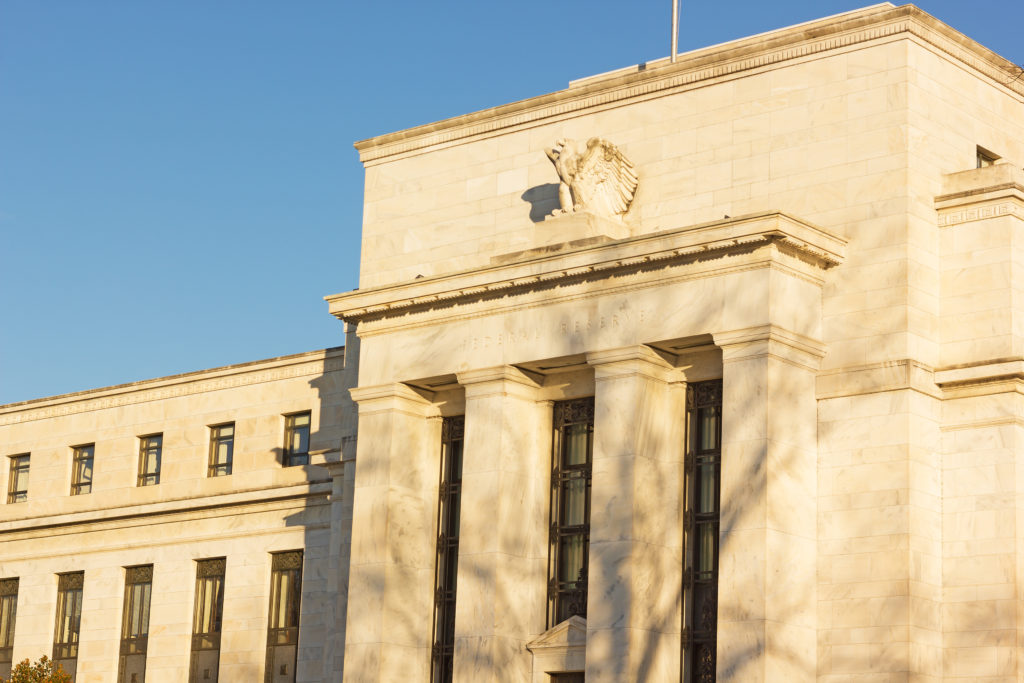Gold prices surged on Friday as geopolitical tensions in the Red Sea region and a shift towards risk-averse trading fueled a rally in the precious metal. The rally was also supported by US Producer Price Index data falling short of expectations, leading to speculation of imminent Fed policy easing. Additionally, a decline in US Treasury yields and a mixed performance by the Dollar further contributed to Gold’s upward momentum.
The escalation of the conflict in the Middle East, specifically tensions arising around the Red Sea, prompted traders to buy Gold, pushing the XAU/USD to reach five-day highs at around $2062 before settling at $2045, up 0.70%. The drop in US Treasury bond yields also bolstered the yellow metal, as market participants bet on aggressive rate cuts by the US Federal Reserve as soon as March.
The US Producer Price Index data, which revealed prices paid by producers sliding below estimates, added to the narrative of a dovish approach by the Fed. Despite some Fed officials pushing back against expectations for a rate cut in March, the combination of geopolitical tensions and weak economic data supported the case for easing monetary policy.
From a technical perspective, Gold’s daily chart remains upward-biased, indicating potential for further upside if buyers are able to sustain a breakthrough above the 20-day moving average and the $2050 level. Resistance is seen at $2100, while support is identified at today’s low of $2028 and the week’s low of $2013.
Additional Insight:
The tension in the Red Sea region and the potential impact on global trade routes adds an additional layer of significance to the rally in Gold. As geopolitical risks continue to evolve, investors will closely monitor the impact on global economic stability, trade dynamics, and the potential for further escalation. This could prompt continued volatility in Gold prices as market participants navigate shifting geopolitical landscapes and economic data.









